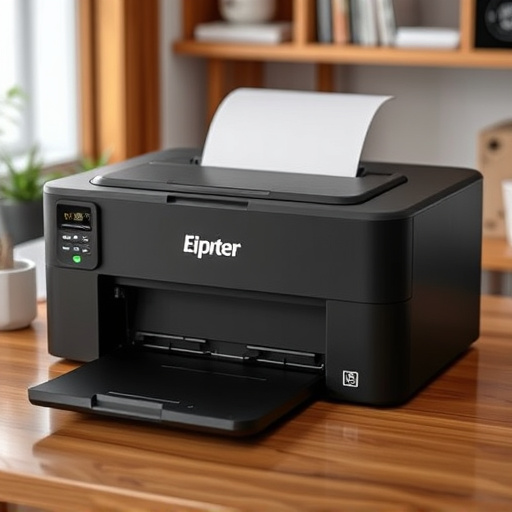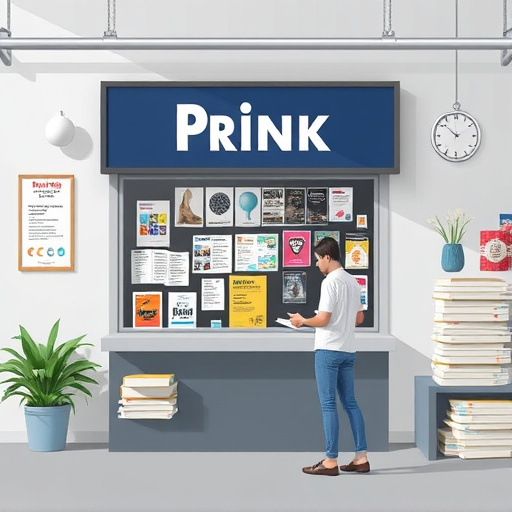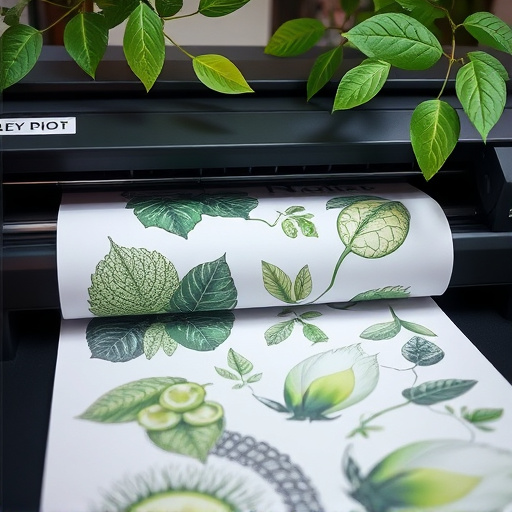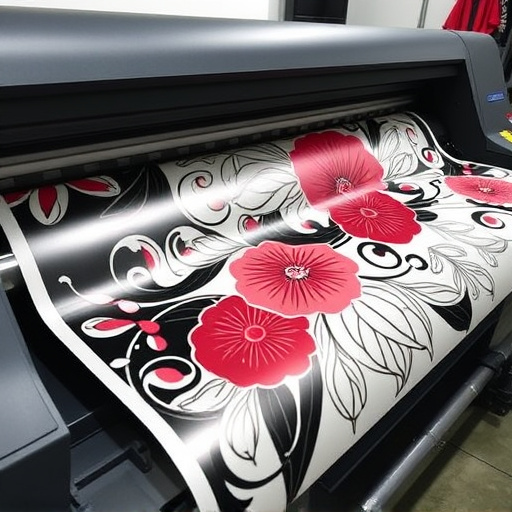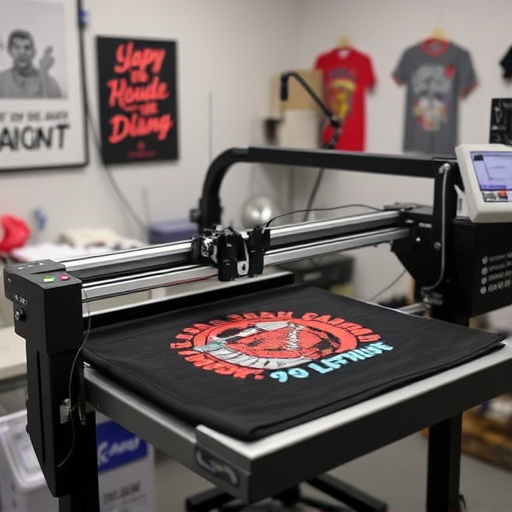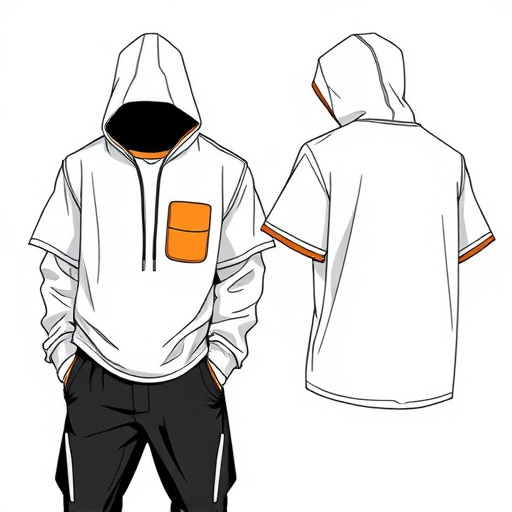DTF innovation revolutionizes printing by directly applying ink to fabric, eliminating intermediate steps, and offering unparalleled efficiency, cost savings, and design versatility. It enables faster turnaround times, maintains intricate details and vibrant colors, and reduces environmental impact through precise design application, minimizing waste, energy consumption, and carbon emissions.
In today’s fast-paced world, DTF (Direct to Forme) innovation is revolutionizing the printing industry. This cutting-edge technology promises enhanced print efficiency, speed, and quality, transforming how we create visual content. By eliminating intermediate steps, DTF boosts productivity while reducing waste. Explore in this article how DTF Innovation leads to higher print efficiency, enhances environmental sustainability, and opens up new possibilities for businesses and creatives alike.
- Understanding DTF Innovation: A Revolution in Printing
- How DTF Boosts Print Speed and Quality
- The Environmental Impact of Efficient Printing
Understanding DTF Innovation: A Revolution in Printing
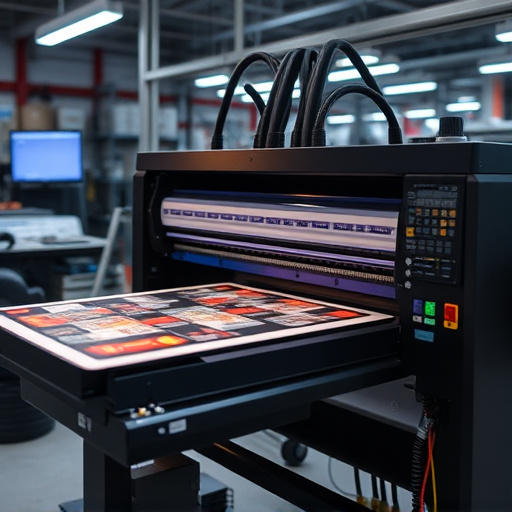
The advent of DTF (Direct to Fabric) innovation has truly revolutionized the printing industry. Unlike traditional methods that often involve complex steps and multiple materials, DTF simplifies the process by directly applying ink onto fabric using a specialized machine. This breakthrough technology has made printing on various surfaces, particularly dark fabrics, more efficient and cost-effective. With its precision and versatility, DTF for t-shirts and other textiles has gained immense popularity among businesses and enthusiasts alike.
By eliminating intermediate steps like screening or plate setting, DTF printing streamlines production. This not only reduces turnaround time but also allows for intricate designs and detailed graphics that were once challenging to achieve. The direct application of ink ensures vibrant colors and sharp details on both light and dark fabrics, marking a significant advancement over traditional screen printing methods.
How DTF Boosts Print Speed and Quality
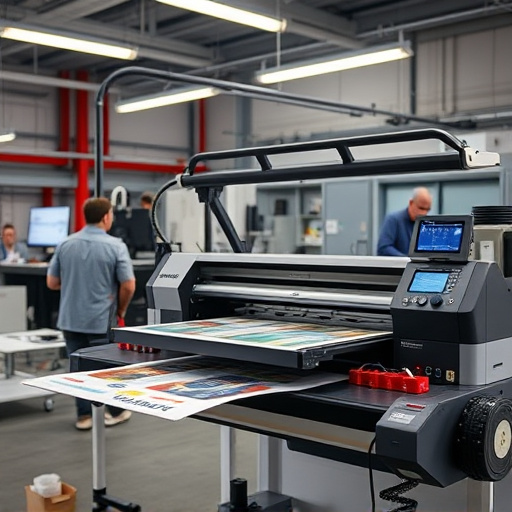
Direct-to-garment (DTF) innovation has revolutionized print efficiency, significantly boosting both speed and quality in the garment decoration industry. Unlike traditional methods that often involve multiple steps and materials, DTF streamlines the process by directly applying heat-transferable designs onto garments using custom sheets. This approach eliminates the need for intermediate steps like printing on paper or film, resulting in faster turnaround times.
The precision and accuracy of DTF transfers ensure intricate details and vibrant colors are achieved seamlessly. This technology is particularly beneficial for light fabrics, where traditional methods might struggle with ink penetration. By optimizing the heat application process, DTF printing guarantees that designs are securely bonded to garments without damaging their texture or feel, making it a preferred method for creating custom, high-quality apparel.
The Environmental Impact of Efficient Printing
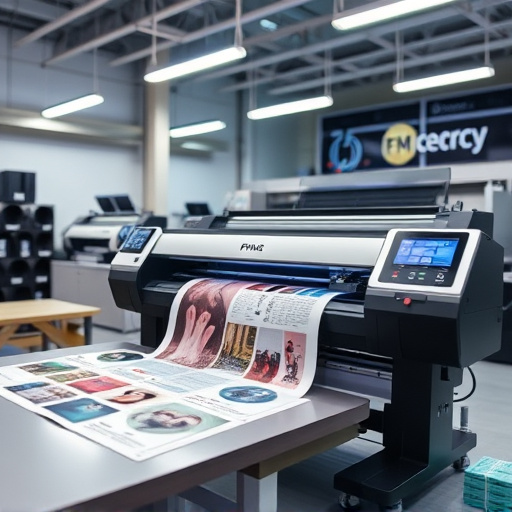
The advent of DTF (Direct to Film) innovation has brought about a significant shift in the printing industry, particularly in terms of environmental impact. This cutting-edge technology has enabled more efficient and sustainable production processes, significantly reducing waste that was previously associated with traditional printing methods. In the realm of apparel, for instance, DTF for clothing allows for precise and direct application of designs onto fabric, minimizing excess material usage and offcuts.
This shift towards sustainability isn’t just a trend but a necessary response to the environmental challenges of mass production. With personalized hoodies and other items becoming increasingly popular, the heat press method has been largely replaced by DTF, which offers better control over the printing process. This results in less material wastage, lower energy consumption, and reduced carbon emissions—a true testament to the positive environmental impact of DTF innovation across various applications.
DTF innovation is reshaping the printing industry, offering a game-changing approach that enhances both speed and quality. By understanding and embracing this technology, businesses can achieve higher print efficiency while also contributing to environmental sustainability. The benefits are clear: faster production times, improved output quality, and reduced waste. As we navigate the world of digital transformation, DTF innovation stands out as a key driver in creating a more efficient and eco-conscious printing process.


